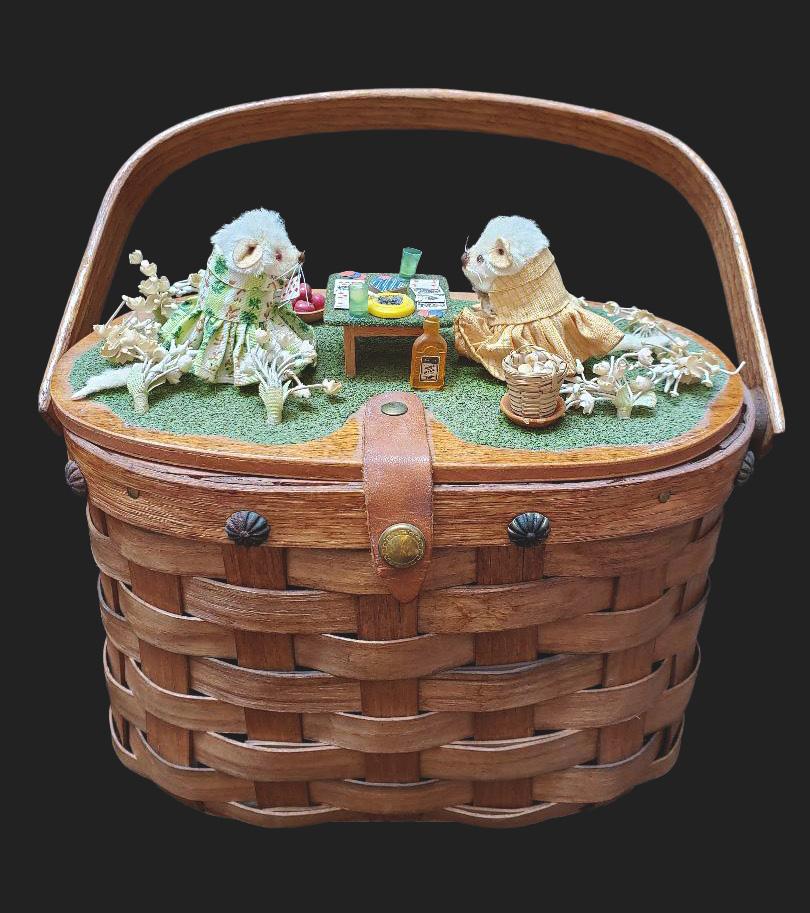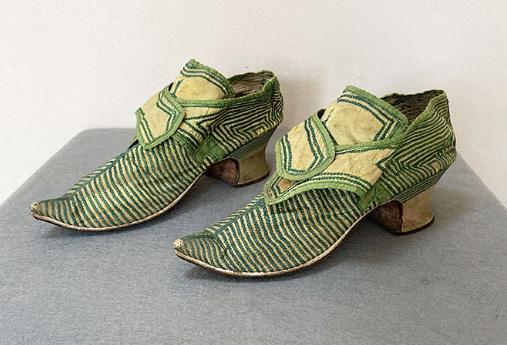
1 minute read
Pursuing Purses: An Interview with Wendy Dager
MELANIE : What was the inspiration for your latest book, Pain In The Purse, The Tax That Changed Handbag History?
WENDY : When I was doing handbag research, which includes going through zillions of old newspaper advertisements, I kept seeing fine print on the purse ads: “Plus 20% Federal Excise Tax,” and I thought “What evil is this?” It took me years to gather enough information to write a book about this niche “luxury” tax on handbags and other women-centric products. The tax went into effect in 1944, and mostly punished the poor and middle class for 20 YEARS. It was reduced to ten percent in 1954, and finally repealed in 1965, but it still made its mark. It not only affected consumers but also the handbag business and other industries, as well as fashion, feminism, politics and journalism. There was so much blatant misogyny surrounding this tax! When I was writing Pain In The Purse, I kept imagining my sweet, beautiful grandma, definitely not a wealthy woman, keeping her same handbag for 10 years because she couldn’t afford a new one. So, yep, I got pretty passionate about this topic.
Advertisement
MELANIE : What’s new for the Vintage Purse Museum in 2023?
WENDY : We have a vintage RV that’s been outfitted for mobile exhibits (still needs some work to get it going), so I’m trying to connect with some people locally in Tucson to do some presentations. Mostly, though, I’m good with putting photos and history online for a global audience. I also really enjoy making fun little videos and am considering creating longer ones featuring themed purse talks and exhibits.
You can also find Wendy on Instagram, TikTok and Twitter @vintagepursegal and on Facebook at facebook.com/vintagepursegallery
To join her vintage purse share group on Facebook, visit facebook.com/ groups/vintagepurseshare
Wendy’s book Pain In The Purse, The Tax That Changed Handbag History can be purchased on Amazon at https://tidd.ly/3IBJced

Gifts of Garb
Jonathan Walford (Jonathan) reported in the Fashion History Museum’s winter newsletter that 2022 was a banner year for item donations—over a thousand garments and accessories were offered to the museum. Entering the permanent collection: A French green silk pelisse from the early 1820s; a women’s pair of English green silk boots also from the 1820s; a woman’s pair of English green and gold silk shoes from the 1730s (pictured); important examples of garments and accessories by Oleg Cassini, Pucci, Peter Max, Giorgio de Sant-Angelo, Jacques Heim, Helen Rose, Yves St. Laurent, Ferragamo, Bill Gibb, Vera Wang, Laura Ashley, Louiseboulanger, Celine, Akris, Hermès, and Jean Muir. There were also several important Canadian additions including a Feastwear jacket by Dorothy Grant, several pieces by Pat McDonaugh, and a homespun wool dress from the Acton, Ontario area made in the 1810s.







